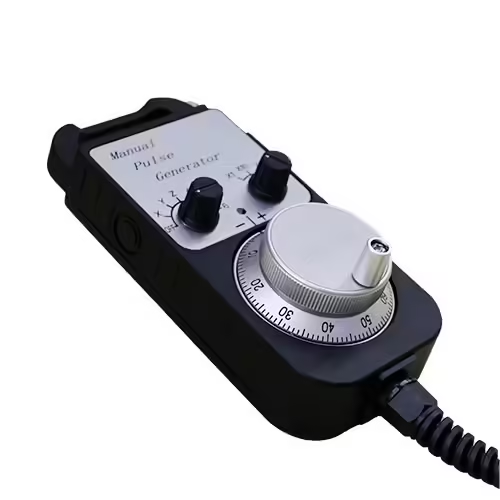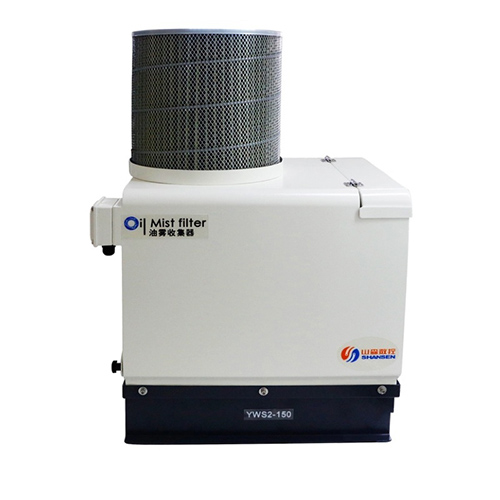-
WhatsAPP: +86 18706448138
-
Tengzhou, Shandong, China

Benefits of a Small Machinist Lathe in Your Workshop
This blog post will delve into the numerous advantages of incorporating a small machinist lathe into your workspace, highlighting its capabilities.
Table of Contents
Introduction

For the dedicated hobbyist, the passionate maker, or even the small-scale professional, a small machinist lathe can be a transformative addition to any workshop. This powerful yet compact tool opens up a world of possibilities, allowing for the creation of custom parts, intricate repairs, and the realization of innovative designs. Unlike its larger industrial counterparts, a small machinist lathe is designed with space efficiency and user-friendliness in mind, making it an ideal choice for those with limited workshop space or those who are new to metalworking. This blog post will delve into the numerous advantages of incorporating a small machinist lathe into your workspace, highlighting its capabilities and the value it brings to a variety of projects.
Enhanced Precision and Accuracy with a Small Metal Lathe
One of the primary benefits of owning a small machinist lathe is the unparalleled precision and accuracy it offers. When working with metal, wood, or even plastics, achieving tight tolerances and smooth finishes by hand can be challenging and time-consuming. A small metal lathe, however, provides the stability and controlled movement necessary to execute intricate cuts and shapes with remarkable accuracy. This level of precision is crucial for projects requiring exact dimensions, such as creating custom fasteners, repairing machinery components, or crafting delicate model parts. The rigid construction and precise mechanisms of a quality small machinist lathe ensure that your workpieces are machined to your exact specifications, leading to higher quality end products and reduced material waste.
Cost-Effectiveness of a Compact Small Machinist Lathe


Investing in workshop equipment can be a significant expense, but a compact machinist lathe often presents a more cost-effective solution compared to larger, industrial-grade machines. The initial purchase price of a small machinist lathe is generally lower, making it more accessible to hobbyists and small businesses operating on a budget. Furthermore, the operational costs associated with a compact machinist lathe are typically lower as well. These machines often consume less power and require less specialized tooling than their larger counterparts. For individuals and small workshops, the affordability and efficiency of a compact machinist lathe make it a smart and practical investment that can yield significant returns in terms of capabilities and project outcomes.
Space-Saving Design of a Benchtop Metal Lathe
Workshop space is often a premium, especially for home-based enthusiasts or small-scale operations. A significant advantage of a benchtop metal lathe is its compact footprint. Designed to be placed on a workbench or a small stand, a benchtop metal lathe occupies significantly less space than a full-sized industrial lathe. This space-saving design makes it an ideal choice for workshops with limited square footage, allowing you to incorporate powerful machining capabilities without sacrificing valuable workspace. The portability of some benchtop metal lathe models also offers flexibility in terms of workshop layout and storage.
Versatile Material Compatibility of a Small Engine Lathe
A quality small engine lathe is not limited to working with just one type of material. These versatile machines can handle a wide range of materials, including various metals such as steel, aluminum, and brass, as well as wood, plastics, and even some composites. This versatility expands the scope of projects you can undertake in your workshop. Whether you need to machine metal components for a mechanical repair, turn wooden spindles for a woodworking project, or create custom plastic parts for a prototype, a small engine lathe provides the power and control necessary to work with diverse materials effectively. The ability to handle different materials with a single machine makes a small engine lathe a truly valuable asset.
Expanding Your Fabrication Capabilities with a Mini Lathe
Owning a mini lathe significantly expands your in-house fabrication capabilities. Instead of relying on external services for custom parts or repairs, you can take control of the manufacturing process yourself. This not only saves time and money but also allows for greater flexibility in design and experimentation. With a mini lathe, you can create unique tools, modify existing parts to suit specific needs, and even engage in creative metalworking or woodworking projects. The ability to produce custom components on demand empowers you to tackle a wider range of projects and bring your ideas to life with greater autonomy.
Ease of Use and Learning Curve of a Hobby Lathe
While industrial lathes can be complex and require extensive training to operate, a hobby lathe is often designed with user-friendliness in mind. Many hobby lathe models feature intuitive controls and comprehensive manuals, making them accessible to beginners. While mastering machining techniques takes time and practice, the initial learning curve for operating a hobby lathe is generally less steep than that of larger machines. This makes it an excellent tool for individuals who are new to metalworking or machining and want to develop their skills at their own pace.
Table: Common Operations on a Small Machinist Lathe

| Operation | Description | Applications |
|---|---|---|
| Facing | Machining the end of a workpiece to create a flat, perpendicular surface. | Preparing workpieces for other operations, creating smooth end faces. |
| Turning | Reducing the diameter of a workpiece to a desired size. | Creating cylindrical shapes, shafts, pins, and other round components. |
| Taper Turning | Machining a workpiece to create a conical shape. | Creating tapered pins, valve seats, and other conical parts. |
| Thread Cutting | Creating screw threads on the inside (internal threads) or outside (external threads) of a workpiece. | Manufacturing bolts, nuts, and other threaded fasteners. |
| Drilling | Creating holes along the axis of rotation of the workpiece. | Creating pilot holes for tapping, producing through holes or blind holes. |
| Boring | Enlarging or finishing an existing hole to a precise diameter. | Creating accurate internal diameters for bearings, bushings, and other fitted parts. |
| Knurling | Creating a patterned surface on a workpiece for improved grip. | Creating handles, knobs, and other parts that require a non-slip surface. |
| Parting Off (Cutoff) | Separating a finished part from the stock material. | Completing individual components after machining. |
| Center Drilling | Creating a conical indentation to provide a precise center for subsequent operations. | Preparing workpieces for turning between centers or other operations requiring precise alignment. |
Conclusion
In conclusion, a small machinist lathe offers a multitude of benefits for any workshop, from enhancing precision and expanding fabrication capabilities to providing cost-effective solutions for repair and maintenance. Its space-saving design and relative ease of use make it accessible to a wide range of users, while its versatility in handling various materials ensures its value across diverse projects. Investing in a small machinist lathe is an investment in your ability to create, repair, and innovate with greater control and accuracy. Don’t miss out on the opportunity to elevate your workshop capabilities. Contact us today to explore our range of small machinist lathes and find the perfect fit for your needs!
FAQ
What is the primary difference between a small machinist lathe and a larger industrial lathe?
The primary differences lie in size, capacity, and often, complexity. A small machinist lathe is designed to be compact and suitable for smaller workshops and lighter-duty tasks. It typically has a smaller swing (maximum diameter of workpiece) and distance between centers (maximum length of workpiece) compared to an industrial lathe. Industrial lathes are built for heavy-duty, continuous operation and often feature more advanced controls and capabilities.
What types of projects can I undertake with a small metal lathe?
The possibilities are vast. With a small metal lathe, you can create custom parts for repairs, fabricate tools and fixtures, machine components for models and prototypes, turn decorative items from wood or metal, and much more. The specific projects you can undertake will depend on the lathe’s specifications and your skill level.
What kind of maintenance does a small engine lathe require?
Regular maintenance is essential to keep your small engine lathe operating smoothly and accurately. This typically includes tasks such as lubricating moving parts, cleaning away chips and debris, periodically checking and adjusting belts and gears, and ensuring that the cutting tools are sharp and properly aligned. Following the manufacturer’s recommendations for maintenance is crucial.



